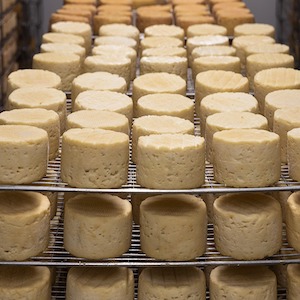Assessment of aflatoxin M1 enrichment factor in cheese produced with naturally contaminated milk

Submitted: 29 December 2022
Accepted: 13 March 2023
Published: 8 June 2023
Accepted: 13 March 2023
Abstract Views: 3167
PDF: 210
HTML: 14
HTML: 14
Publisher's note
All claims expressed in this article are solely those of the authors and do not necessarily represent those of their affiliated organizations, or those of the publisher, the editors and the reviewers. Any product that may be evaluated in this article or claim that may be made by its manufacturer is not guaranteed or endorsed by the publisher.
All claims expressed in this article are solely those of the authors and do not necessarily represent those of their affiliated organizations, or those of the publisher, the editors and the reviewers. Any product that may be evaluated in this article or claim that may be made by its manufacturer is not guaranteed or endorsed by the publisher.
Similar Articles
- Salvatore Virdis, Christian Scarano, Vincenzo Spanu, Gavino Murittu, Carlo Spanu, Ignazio Ibba, Enrico Pietro Luigi De Santis, A survey on Aflatoxin M1 content in sheep and goat milk produced in Sardinia Region, Italy (2005-2013) , Italian Journal of Food Safety: Vol. 3 No. 4 (2014)
You may also start an advanced similarity search for this article.

 https://doi.org/10.4081/ijfs.2023.11123
https://doi.org/10.4081/ijfs.2023.11123




